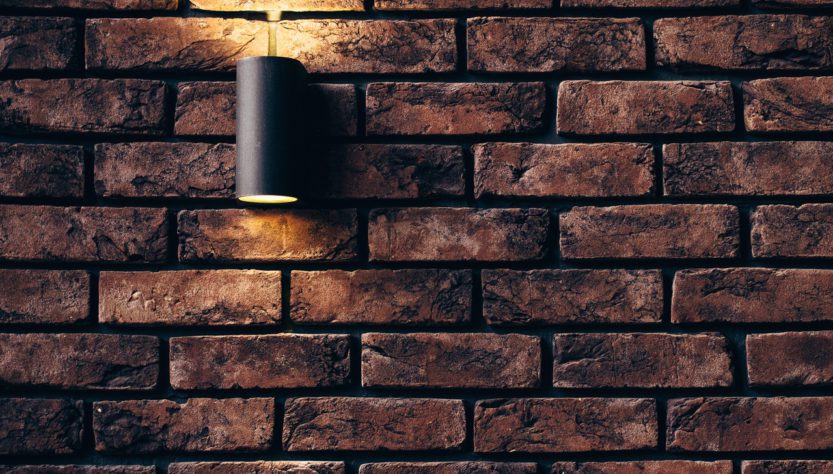Handmade bricks are usually made by very experienced people. Below are some of the advantages of handmade bricks compared to machine made bricks. While machine-made bricks are obviously the ideal option for new buildings today, hand-made bricks are becoming increasingly popular in many scenarios.
As a result, the amount of clay that could be turned into brick increased significantly, which affected production capacity. Today, bricks manufacturers in Australia use modern kilns that produce a large texture in bricks. Chemically hardened bricks are not fired and are usually not made from clay.
Fireclay bricks are manufactured in various shapes according to different needs of use. According to the manufacturing method, fireclay bricks are divided into machine-made bricks and handmade bricks. These bricks are handcrafted by skilled artisans by pouring clay into molds, making each brick unique.
This is usually used in the most attractive historical buildings, making these bricks very attractive and only used in luxury residential projects. These bricks are commonly used in all types of buildings for people with lower budgets.
These bricks are different from other structural bricks and, in addition, they are composed of different materials to make the building look aesthetically pleasing and pleasing. Pressed bricks, popular in older church buildings, are slightly more textured than extruded bricks.
The production of these handmade bricks requires the use of local materials. Compared to machine made bricks, handmade bricks are very cheap in terms of capital availability. Making bricks in this way is a laborious process, which is why these special bricks are more expensive than others.
If the building uses imperial bricks, you can get hand-made bricks in imperial sizes. Or, if it’s a newer building, but you want it to match a specific local style, you can set it as an old building, but keep the metric dimensions. The best part is that although they may look old, you can still make them metric in size, ensuring that the building is future-proof and efficient.
There are many choices when it comes to recyclable materials and in this article we will look at some of the benefits of using recycled bricks. The benefits of choosing a brick are numerous; its durability and reliability are the reason many homeowners and builders have used brick for hundreds of years. Whether you are building a residential or commercial property, there is no denying that brick is one of the greenest and most aesthetic options you can choose from.
Clay bricks are arguably the most sustainable building material ever built. Because brick has a long service life and requires no maintenance, it is a very economical building material, helping to ensure a high resale value for brick buildings. Once the clay is shaped and fired, the resulting bricks are extremely strong and have a durability unmatched by other traditional building materials.
In the production of soft mud or adobe bricks, clay is used with a relatively high water content, usually 25-30%. Softmud or series bricks will have a different texture depending on whether they were made with sandblasting or water treatment.
Handmade brick manufacturers also use ground coal and manganese to improve the color of the bricks. Bricks are made by grinding or crushing clay in mills and mixing it with water to make it pliable. The recipe for sand, clay, lime, magnesia and iron oxide is mixed, molded into brick, and then baked in an oven.
Lime-based mortar for brick construction can be removed and the bricks cleaned and recycled. Where there are special historical or historical buildings that need to be refurbished, handmade bricks are used to faithfully reproduce the original appearance. Unlike other “fashionable” materials used to simulate the look of other homes or offices, brick will never go out of style.
The facing brick is intended for use both as furniture and as a load-bearing body of building walls. It has an aesthetic and attractive appearance, as well as other huge features. Each brick has its own characteristic markings created by a brick-maker.
The style and price of this brick is a cross between a handmade brick and a flush cut brick. These are handcrafted bricks that can be used for a variety of household and commercial uses. They are made from Oxford clay with a variety of colors and textures, making them ideal for combining bricks with existing bricks. Bricks can be of different colors, sizes and orientations to achieve different surface designs.
Bricks do not need to be painted, veneered or painted to maintain aesthetics and durability, unlike other building materials. The brick is non-combustible and does not spread fire, making it ideal for construction in wild, fire-prone areas. Clay bricks usually do not show structural damage after a fire and can be reused as load-bearing walls. After major rooftop fires, brick walls are often left standing and can still be recycled without demolishing the building.
Many destroyed building materials are thrown away, but reusing these bricks helps reduce this useless source of waste. However, by using recycled bricks, due to the use of prefabricated materials, this negative impact on the environment can be significantly reduced. Bricks are made of natural materials and do not emit VOCs like many lightweight products. Bricks are made of natural raw materials, including clay, sand and other minerals.
Clay bricks have been used as a building material for thousands of years, and evidence of their use dates back to Roman times. Ancient masons began using bricks in 7000 BC when they discovered that brick walls were stronger and more fire-resistant than stone ones. Since then, bricks have been used in all countries, in every century and in every type of building.


